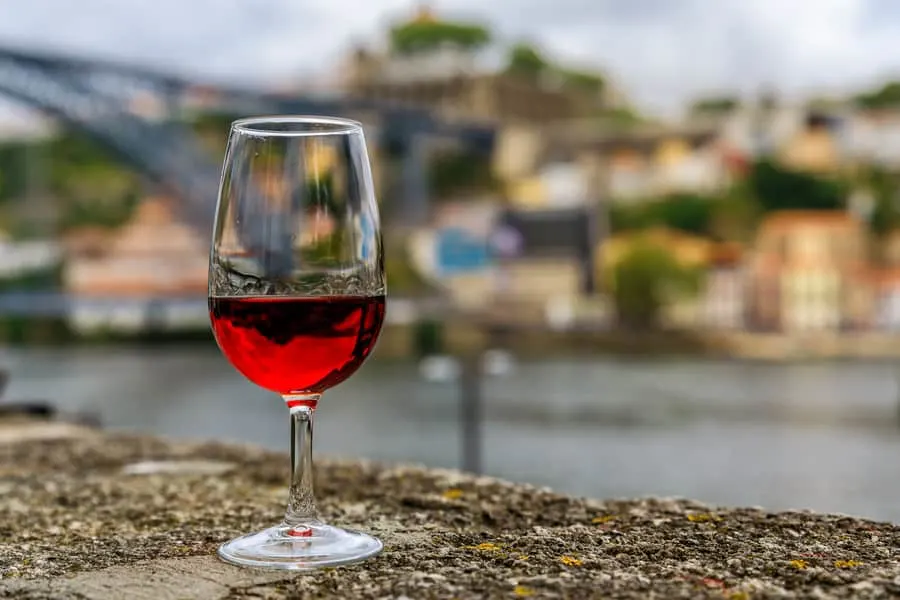As an Amazon Associate, I earn from qualifying purchases with no additional costs for you.
Wine is loved by so many people but so many of us don’t start out liking wine. Most people are not born to wine lovers; instead, I believe it is learned in a lot of ways. Is wine something that is an acquired taste and can you learn to love wine over time?
Wine can be an acquired taste for many people and dryer wines such as reds tend to be more offputting to new wine lovers. Sweeter wines, especially white wines, are more beginner-friendly and can be a great gateway for new wine drinkers to start exploring and liking dryer wines.
This article will shed some light on this topic and help you discover wines that are beginner-friendly. By enjoying the easier wines first, you will learn to love and appreciate a much wider range of wines later on. Wine can be a lifelong journey if you approach it the right way.
TIP: If you want to check out the best refrigerator for wine storage, I recommend trying out the Avation (18 bottles) compressor refrigerator with Wi-fi smart app control cooling system. You can find this refrigerator by clicking here (Amazon link).
Is Wine an Acquired Taste?
In almost every culture, time period, and context, wine has been a marker of high society and elevated class. From its price point (compared to, say, beer) to its symbolism in fine art and even religious ceremony, wine has a firm place in human society among one of the finest things in life.
With that being said, the finer things in life do tend to be acquired tastes. There’s some aspect of highbrow things that seems to require more work. A melty cheeseburger is easier to love than a cerebral tasting menu at a fine dining restaurant.
Oversized sweats are more comfortable than smartly tailored suit pants. Superhero movies are more fun to watch than Greenaway films. Fine wine can be much the same.
Not to mention the incredible amount of confusing and pedantic background each wine carries, the stuff really just…doesn’t taste good to most new wine drinkers.
Most shops that sell wine don’t have knowledgeable staff on hand to guide shoppers, and it only takes a couple of wrongs, costly choices for most people to decide they’re sticking with vodka sodas forever.
TIP: What makes fine wine fine? Read this article to find out. Is there a difference between expensive and cheap wines? This article explains all you need to know.
If you’re feeling lost in the wine aisle, wondering what all the fuss is about, it’s okay, you’re not alone! Almost nobody starts out loving wine outright, not even sommeliers and winemakers. It’s a slow love that grows over time, but it’s a rewarding love worth cultivating.
Recommendation box: Everything you need to enjoy your wine as much as possible. All recommended products are personally tested and regularly used by experts from this website (Amazon links):
> Ivation Wine Cooler – Energy-efficient wine cooler for 18 bottles with Wi-fi smart app control cooling system.
> Wine Rack – Beautiful, elegant wood rack for up to 7 bottles and the choice of vertical or horizontal storage.
> Durand Wine Opener – Classic vintage wine opener (we like all these classic staff).
> YouYah Iceberg Wine Decanter – The most beautiful and handy wine decanter we personally use.
> Bormioli Rocco Wine Glasses – A set of eight elegant and traditional wine glasses made in Italy.
> Vintorio Wine Aerator – Simple but really useful wine aerator for a reasonable price.
> The Original Vacu Vin Wine Saver – The best wine saver on the market in a package with two vacuum stoppers and two wine servers.
And if you want to become a true connoisseur of wine, we recommend reading the book Wine Folly: The Essential Guide to Wine (Amazon link), where you will find all the information you need about winemaking, wine varieties, flavors, and much more.
Is there a reason why I don’t like the taste of wine?
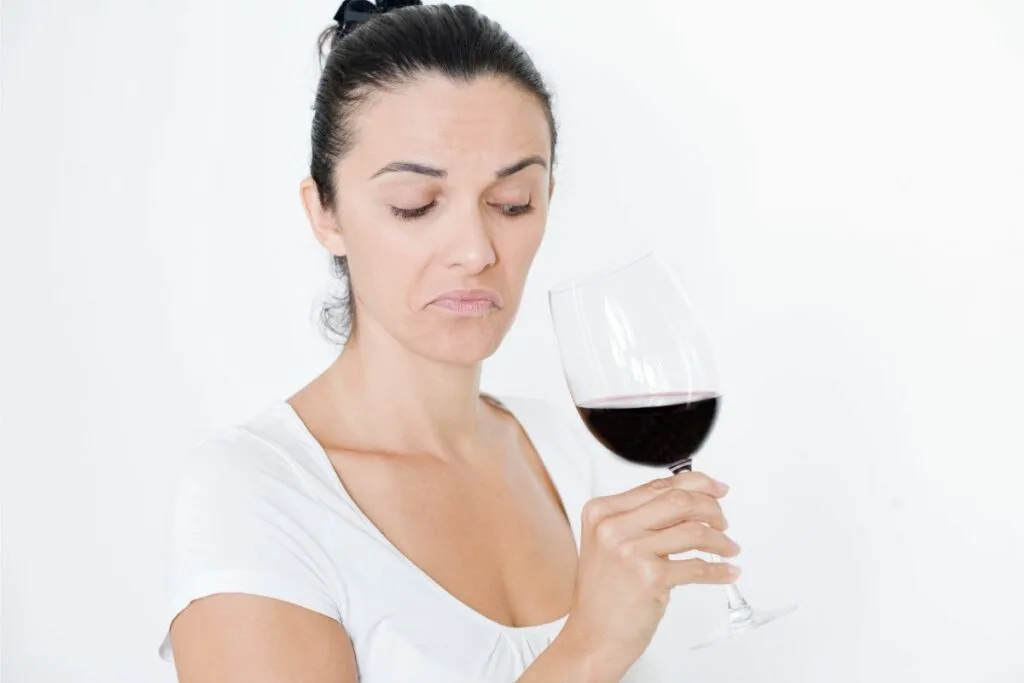
A sommelier raptly describing a celebrated wine can sound like a litany of flavors that sound so incredibly unattractive. Campfire smoke, medicine cabinet, and gasoline are all common descriptors of quality wine.
The most sought-after wines in the world are unironically praised for their searing acidity, mouth-drying tannins, the character of decay, or pungent notes of sulfur.
Wine is so much a personal preference. There do exist objective markers of quality grape cultivation and winemaking.
However, the wines that score high points in wine magazines, the expensive wines that are highly sought after and hard to find, and the wines that wine nerds wax poetic about–none of these wines may speak to your palate, and that’s completely valid and acceptable.
The truth is, not even “the experts” can agree on what makes delicious wine. Q&A’s at the premiere screenings of SOMM 3 invariably devolved into a squabbling mess of wine celebrities bickering about natural wine.
Robert Parker and James Suckling are synonymous with professional wine reviews, but huge swathes of wine professionals scoff at their opinions on wine.
Even winemakers in the same region have had intense schisms on winemaking philosophy, to the point where parents of winemaking families would not allow their children to play with children from families they disagreed with.
There’s a bewildering array of strong opinions held by all kinds of people, but the only one that matters when it comes to what’s in your glass is your opinion.
The reason you might think you don’t like wine is simple. You simply haven’t had the right one. You might have been shopping at the wrong places, or been given the wrong suggestions by the wrong people.
There is a wine out there for you, a whole world of wines out there that will make your tastebuds dance. It’s just a matter of finding it.
Dominant Flavors of Wine
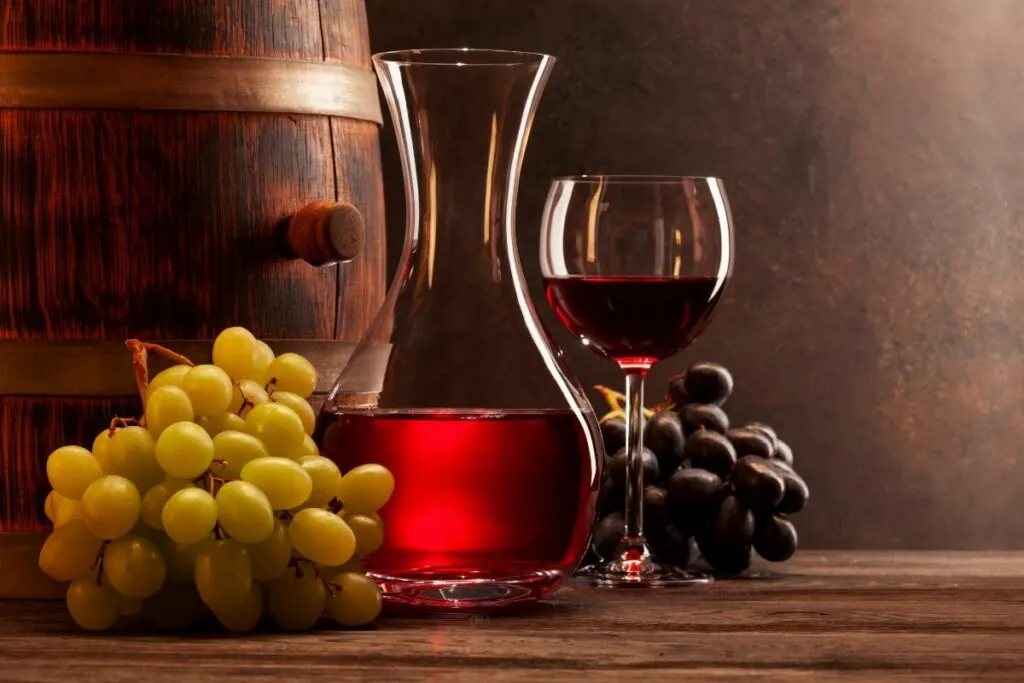
Sugar
The sugar level is perhaps the most divisive aspect of wine. People who have been drinking wine for a while often like to denigrate sweet wines, and people who are getting into wine often don’t find dry wines to be pleasurable.
There’s a common misconception that wines only come in two categories: bone dry and candy sweet. In reality, wine comes in a complete spectrum of sugar levels, from lusciously sweet to completely dry.
Further, even two wines of the same sugar content can taste differently sweet, depending on other aspects of the wine including tannin level and acidity.
Sometimes wines that taste really dry can turn out to have a little residual sugar in them, to soften the edges of the wine.
Sometimes wines that taste soft and fruity and sweet are very dry, and owe their illusion of sweetness to high alcohol content, ripe fruit notes, or time spent aging in new oak barrels.
Acidity
Just like a few drops of lemon juice can completely change the taste of a seafood dish or a cup of tea, acidity is a transformative aspect of wine.
The same Chardonnay from the same location, using the same winemaking techniques, and harvested the exact same day–one in the cold before sunrise and one in the warm afternoon–can produce wildly different wines.
With just about everything else in the wine the exact same, the higher acidity levels of the grapes harvested in the cold hours of the early morning produce a crisper, lighter, more tart wine, and the higher sugar levels of the grapes harvested in the warm hours of the afternoon produce a softer, riper wine with higher alcohol levels.
Wines with low-to-moderate acidity might be easier on the new wine drinker’s palate. However, acidity lifts up and brightens other flavors, makes wines more pairable with food, and creates a flavor profile that has you going back for more.
Elevated acidity is perhaps one of the only traits of fine wine that all winemakers strive towards and all experts agree is generally a positive quality of wine. If there was any aspect of fine wine that we would recommend training yourself to enjoy, we’d recommend high acidity.
Tannins
Tannins, especially in dry red wine, were the toughest part of learning to love wine for me; I’ve found that’s the case for many wine drinkers. It’s not difficult to see why; tannins are an astringent, a class of chemicals that shrinks or constricts body tissues.
Wine tannins “dry out” your mouth by breaking up the molecules that allow saliva to coat your mouth, and tannins are an evolutionary feature that plants developed to deter animals from eating them.
As a whole it tastes bitter and, frankly, kind of gross. So why does the wine world seem obsessed with some of these wines that have such high tannin levels?
I like to compare tannins in wine to the function of metal in furniture. Of course, we’re all initially drawn to the soft, fluffy blankets and pillows.
But unless you plan to furnish your entire house in giant bean bag chairs and throw pillows (as I was inclined to do when I moved into my first apartment), eventually some structured furniture pieces come into the mix.
Even the most comfortable couch has a solid structure underneath, and sometimes the most beautiful pieces of furniture are made completely out of metal.
Tannins are much the same; harsh as they seem, they provide a backbone to the wine, a solidity for the fruit and floral notes to balance against. Highly tannic wines tend to last longer if you’re cellaring your wines, due to the solidly structured palate.
If you’re learning to love a category of high-tannin wines, like Cabernet Sauvignon or Nebbiolo, it can help to decant the wine for a few hours. This process helps soften how you perceive the tannins that naturally occur in the grapes.
Introductory Wine Types
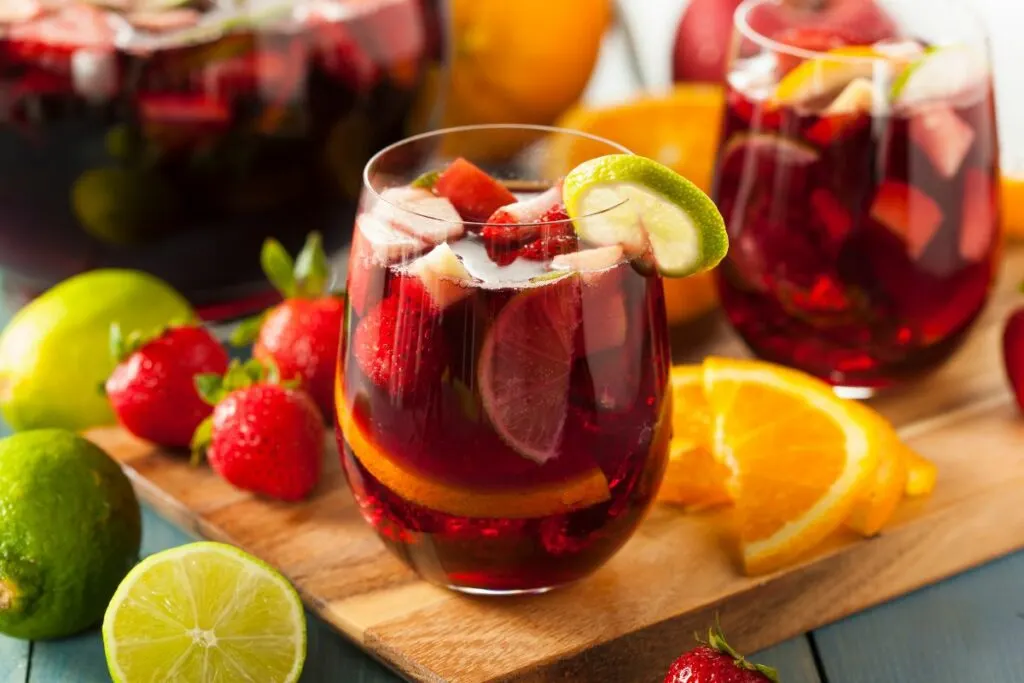
Sangria
The first category of wines that won over even my (formerly) tee-totaling mother isn’t technically wine at all, but a wine cocktail traditional to Spain.
The combination of wine and unfermented fruit juice makes for a perfect segue from non-alcoholic beverages to wine. The alcohol level is lowered, the fruit juices bring a fresh, familiar sweetness, while the wine still adds a sophisticated vinousness and complexity.
Sangria comes in red, white, rose, still, and effervescent varieties, and can come in all sizes and formats: traditional wine bottles, cans, and beer bottles.
Try: Pompita Sangria
TIP: If you are interested in buying a wine decanter, I recommend purchasing these two top-quality decanters:
- USBOQO Wine Decanter (check it out on Amazon & read customer reviews)
- Iceberg Wine Decanter (check it out on Amazon & read customer reviews)
Moscato
Moscato has a terribly unfair reputation as being a low-quality grape that makes sticky-sweet, low-quality wine, but that really isn’t the case. At its best, it’s a lovely, crowd-pleasing wine with fresh, ripe notes of peach, tangerine, and mangosteen that’s perfect with salty, spicy dishes.
There are even sparkling versions that make the flavors practically dance in the glass. Some of the highest quality Italian producers, more famous for their cellarable red wines, produce delicious Moscatos that would not be out of place paired with a chef’s tasting menu course at a fine dining restaurant.
Riesling
Ah, Riesling. It’s usually one of the first wines that people learn to love, and for great reason. Many of these wines have a delightful kiss of residual sugar to balance out the grape’s naturally sky-high acidity, with dazzling fruit notes to result in a wine that drinks like history’s most beautiful lemon-lime soda.
But because it’s such an easy wine to love, many wine drinkers begin pooh-poohing Riesling for its sweetness after they’ve started drinking other wines.
Not to worry, Riesling is the darling of wine nerds everywhere; your first instincts were correct. This is one of the world’s most majestic wine varieties, pairable with any food ever and immortal in the cellar.
Labels on German wine (which you’ll encounter if you’re exploring Riesling) can be a little intimidating. If you’re starting out with a sweeter style, stay away from anything that says Grosse Gewachs (or GG for short); these wines are legally required to be fermented bone dry. Instead, look for the following words on the label:
Halbtrocken: Literally, “half-dry,” meaning this wine is intentionally made in a sweeter style.
Spätlese: Grapes were harvested later, which means riper fruit and more sugar in the juice.
Auslese: Grapes were harvested even later than those for Spätlese wines
Try: Selbach-Oster Zeltinger Schlossberg Riesling Spätlese
Wines to stay away from (at first)
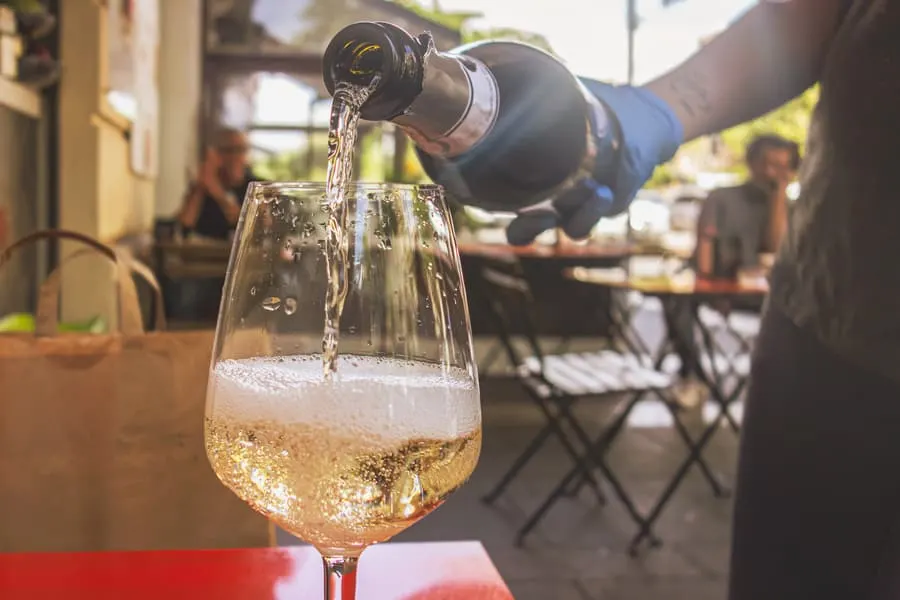
As a novice wine drinker, there are a couple of categories I’d encourage you to stay away from until you’ve gotten your sea legs.
The first is big red wines, meant for lengthy cellaring before enjoyment. These wines are crafted with posterity in mind. They can be delicious right on release with the right decanting and the right food pairing, but the high tannin level, the aggressive earth notes, and general sense of “rigidness” in the wine are made to last the test of time.
These characteristics do mellow out over a couple of decades in the cellar, but by that point you won’t be a novice wine drinker anymore.
TIP: To find out how to store red wine the right way, read this article. This complete white wine storage guide offers tips from our wine expert.
The second is this: the cheapest of any one style of wine. Wine comes in just about every price point, and that also goes for pretty much every flavor category of wines.
Love the crisp lime-juice acid of Sauvignon Blanc? A standard Sancerre will run you about $30 these days, while a good New Zealand Sauvignon Blanc will run you $15. Want some bubbles for a special occasion?
Good Champagne will set you back about $70 or more, while a solid Cava will cost about $20. If you’re on a budget, don’t get a Grand Cru Burgundy from a third-rate producer, no matter how good a deal it might seem. Try a fantastic Bourgogne Rouge instead, or an Oregon Pinot Noir crafted with love.
TIP: Do you know what the differences are between sparkling wine and Champagne? This article explains. This helpful guide explains how to properly store sparkling wine.
Instead of spending $40 on a bargain-basement Champagne, spend $25 on the most amazing Cava you’ll ever taste, and prepare to have your mind blown.
TIP: Most wines go bad once you pop the cork within a day or so. But a Coravin Wine Preservation system (available for a great price on Amazon) can extend the life of your opened wine for weeks or even months. It is awesome. You should check it out to see if it fits your lifestyle.
Do some wines just not taste good to wine lovers?
A tricky question! Objectively flawed and damaged wines aside, this one goes back to the above-mentioned fact–not even the most widely respected wine professionals of the world can agree on much about what makes the ideal wine. A few examples follow.
There’s a newly popular school of thought that posits the best wines as being the most minimal-intervention, “natural” wines. Natural wines encompass several philosophies of winemaking, including government-certified organic, ecosystem-friendly, biodynamic, and some that require sustainable labor practices.
While many wine professionals champion these wines as being more reflective of terroir, some are critical of the wine exhibiting the traits that conventional or traditional winemaking seeks to mitigate.
They criticize the vagaries of wild yeast fermentation, the “off-flavors” that uncontrolled winemaking can produce, and the noticeable differences between vintages. However, proponents posit that these traits are exactly what make the wine interesting, exciting, and fresh.
A more niche practice is Brettanomyces inoculation. Brettanomyces is a yeast naturally found in the winemaking environments of Bordeaux and other Old-World wine regions.
Historically, winemakers and sommeliers considered Brettanomyces a spoilage yeast, full stop, but some modern winemakers have begun purposely inoculating their wines with the yeast, arguing that it gives their wine more character.
Then there is Barolo. Traditional Barolo is rested in huge, car garage-sized barrels built hundreds of years ago, by the first winemakers in the region.
TIP: Does wine age in barrels and in bottles? Read what our expert has to say. This article discusses 10 wine storage myths – are they true or false? Find out here!
Damaged barrels are patchwork-refurbished by current winemakers, and these traditional winemakers make a stern, serious wine that is only drinkable after at least 10 years in the cellar.
In the 1980’s and 1990s, inspired by Burgundian winemakers in France, a group of modernist winemakers began making wine meant to be had sooner, without as much oak aging.
They took a chainsaw to their ancestors’ barrels to make room for the small new oak barrels they brought in to make this newfangled wine, and the traditionalist families of Piedmont took grave, grave offense.
They saw these iconoclasts destroying the heritage and character of the region, and turned them into social pariahs. There is now more of a melding of old and new techniques, but still to this day, Barolo lovers like to argue and argue which style is better.
How Can I Acquire a Taste for Wine Over Time?
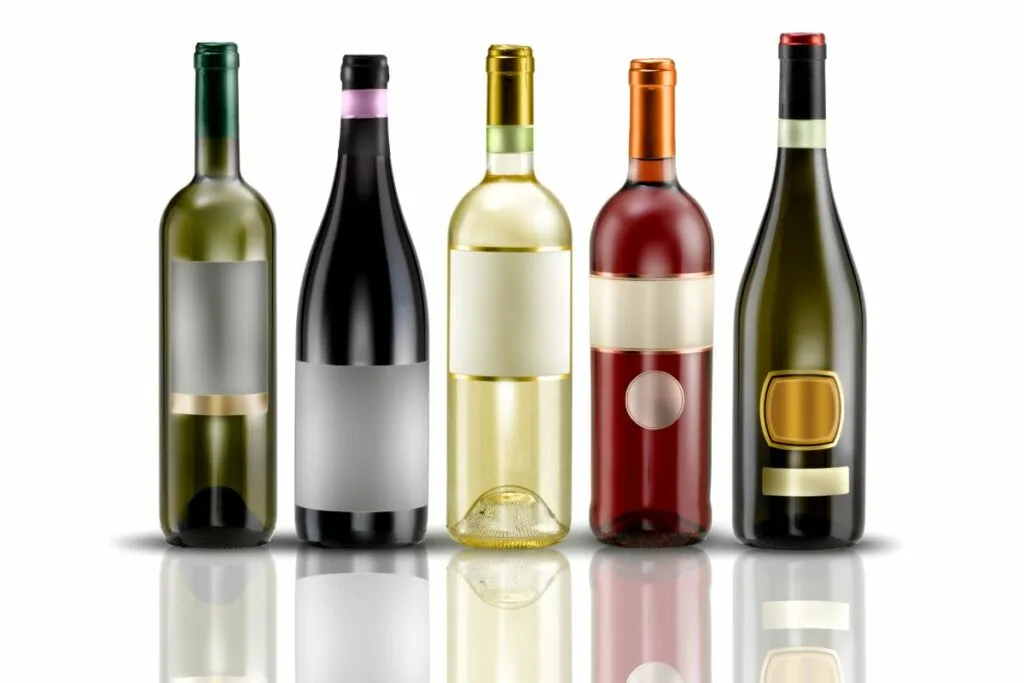
I personally found myself in the wine industry before I was of legal age to drink. Wanting to be good at my first little wine job, I read everything I could get my hands on, and when I could, I began immediately tasting wine from an analytical, academic standpoint. I
It took me a long time to actually begin enjoying the wines I was working with in a hedonistic way, to really fall in love with the beauty of wine after I’d realized that the field of wine was my path.
My advice to you after my roundabout journey so far is to explore as much as you can, fearlessly and without worrying too much about learning the bookish side of wine.
There will always be some dud bottles along the way, but they are so outshone by the amazing bottles that blow you away.
4 Tips for acquiring an appreciation for wine
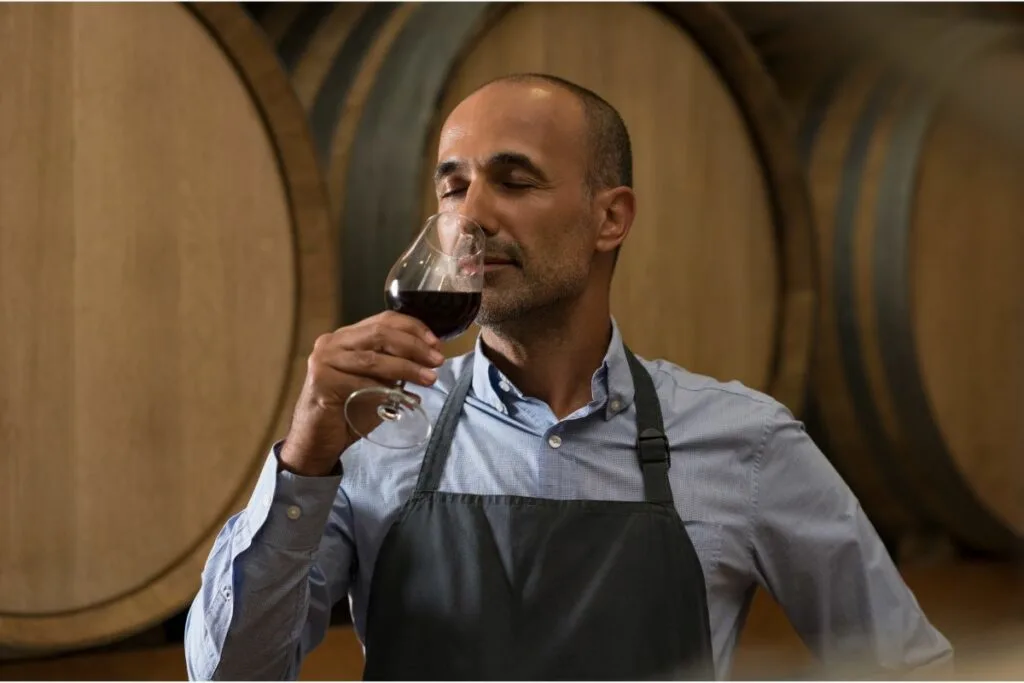
- Start easy
Despite what people might have you believe, the vast majority of us aren’t wine connoisseurs. It’s a precious few of us who have the courage to even venture outside of the one label at the grocery store that was “kind of okay that one time.”
There’s nothing wrong with starting with a beginner-friendly wine, and then slowly exploring other wines. Although only three wines are listed above, there are hundreds of other easy-to-drink, delicious, crowd-pleasing wines out there!
- Try it with food
Wine is delicious by itself, especially the beginner-friendly ones mentioned. But most winemakers, especially those producing dry wines, mean for their wines to be pairable with food.
The aggressive tannins of a Nebbiolo is meant to balance out the fattiness of a ribeye steak, and the tart acidity and minerality of a Chablis is a perfect match for the briny deliciousness of an oyster.
- Find a guide
If you can, find yourself someone knowledgeable in your area who you trust to give you wine recommendations. They can be a server or bartender in a restaurant you love or a stocker at a boutique wine shop.
It’s worth building that relationship with someone who understands wine, and letting them get to know your palate. It’s an exercise in trust, but if you find someone good, they can guide you through the world of wine to destinations you would never have imagined.
- Drink what you like
Ultimately, no matter what any hoity-toity professional has to say about a wine, the only opinion that matters is yours. Forget all the scores, forget all the reviews, if you enjoy a wine, then that’s the perfect storybook ending we all want.
Wine is meant to be beautiful and intellectual and worldly, yes. But before all of that, wine is meant to be enjoyed. It’s meant to be delicious, and it’s meant to be fun. We hope you find some amazing gems along your journey of exploring the world of wine, and we hope you have a fantastic time!
TIP: A suitable wine glass is the basis for enjoying well-being while drinking your favorite wine variety. Here are our favorite ones (Amazon link):
- Bormioli Rocco Crystal Wine Glasses: A set of eight elegant and traditional wine glasses made in Italy for a reasonable price.
- Riedel VINUM Wine Glasses: Luxury set of two wine glasses suitable for any occasion. We just love them!
- Schott Zwiesel Tritan Crystal Glasses: If you like unusual alternatives, a set of six stemless glasses made of crystal glass.
TIP: Check out this page for a complete list of wine products and accessories I love. You’ll find my recommendations for wine refrigerators, decanters, and aerators and the best place to buy wine online. Click here to see the complete listing.

